Sergei Eisenstein was an acclaimed movie director and theorist from the XIX century that revolutionized film editing for good, and Google honored him and his achievements with an amazing doodle.
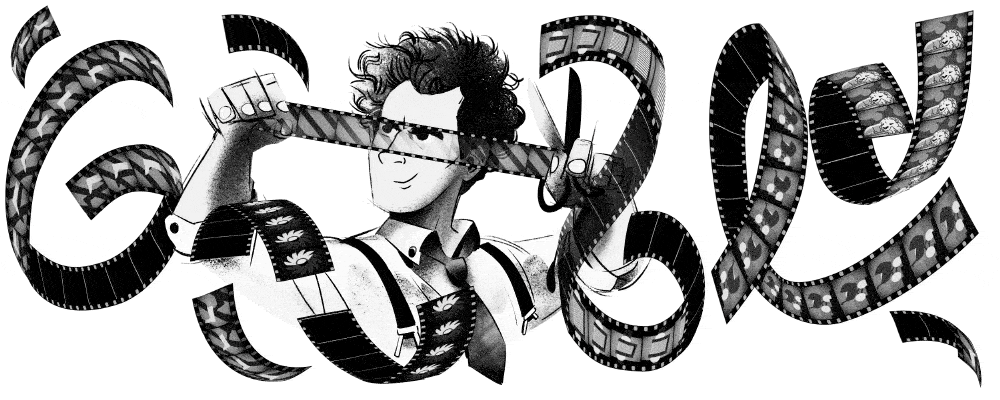
Sergei Eisenstein's Doodle
But Who was Sergei Eisenstein?
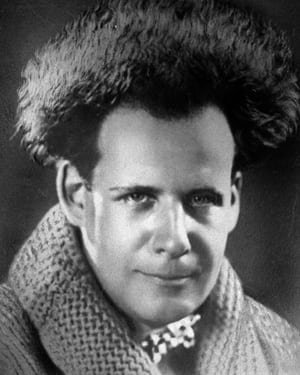
Early Life
Sergei Mikhailovich Eisenstein was born on January 22, 1898, in Riga, Russia (now Latvia). The son of a shipbuilder, he studied architecture and engineering at the Petrograd Institute of Civil Engineering, and joined the Red Army as an engineer. He also drew attention for his production of propaganda pieces, inspiring him to join the Proletkult Theater in 1920.
Initially an assistant stage designer, Eisenstein soon became a director. He created his first short film, Gulmov’s Diary, in 1923, and that year he also penned an essay on presentation techniques that provided a taste of things to come, titled "Montage of Attractions."
In 1925, Sergei Eisenstein delivered his first full-length feature, Strike.
Eisenstein juxtaposed shots of workers being mowed down by machine guns with shots of cattle being butchered in a slaughterhouse. The effect was striking, but the objective reality was falsified, performing the first montage of two different scenes into one.
.jpg)
A Brief Storyline
This Russian film is a government-commissioned celebration of the unrealized 1905 Bolshevik revolution. The story is set in motion by a series of outrages and humiliations perpetrated on the workers of a metalworks plant.
Critique
.png)
Lemming cinema: tragic, brutish, and inexorable."
-
Film Freak Central
.png)
"Though flawed and schematic, it's nonetheless a mighty achievement for a young man with primitive equipment and no extensive training in filmmaking."
-Chicago Reader
Eisenstein followed with Battleship Potemkin (1925)

Storyline
Sergei Eisenstein was commissioned by the Soviet government to make a film commemorating the uprising of 1905. Eisenstein's scenario, boiled down from what was to have been a multipart epic of the occasion, focussed on the crew of the battleship Potemkin. Fed up with the extreme cruelties of their officers and their maggot-ridden meat rations, the sailors stage a violent mutiny. This, in turn, sparks an abortive citizens' revolt against the Czarist regime. The film's centerpiece is staged on the Odessa Steps, where in 1905 the Czar's Cossacks methodically shot down rioters and innocent bystanders
Critique
.png)
"A work of straightforward emotion and pulse-quickening tension."
-Salon.com
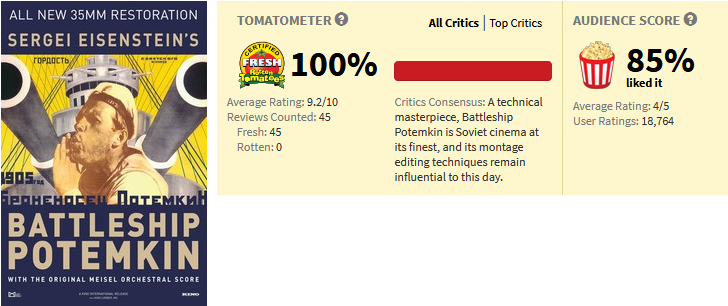
"Nearly 90 years on, Eisenstein's masterpiece is still guaranteed to get the pulse racing."
-Total Film
Eisenstein believed the montage was "the nerve of cinema," finding that a collage of shots could be used to manipulate the emotions of the audience and produce film metaphors. He was also a revolutionary in other ways, often depicting the class conflict of downtrodden workers against the ruling class.
He directed the film October: Ten Days That Shook The World in 1928

Storyline
Better known as October and/or Ten Days That Shook the World this Sergei Eisenstein classic re-creates the final days of the Soviet Revolution. While simplistic stereotypical characterizations keep the film from becoming involving on an emotional level, the spectacle and visuals are typically brilliant and complex.
Critique
%20(1928).png)
"An arty experimental pic filled with rousing spectacles and intellectual montages."
-Ozus World Movie Reviews
.png)
"Leaves us far more memorable montages than anything that modern copycat filmmakers have created"
-Old School Reviews
Adult Life
Renowned for his filmmaking techniques by the late 1920s, Eisenstein traveled extensively to deliver lectures in such locales as Berlin, Paris, Zurich and London. He signed a contract with Paramount Pictures in 1930, though he left later that year without producing a film for the Hollywood studio.
Eisenstein received a warm welcome in Mexico, where he hobnobbed with Frida Kahlo and Diego Rivera. He also secured funding to direct a history epic titled Que Viva Mexico!, though the film was never completed.
 Frida Kahlo, second from left, with her husband Diego Rivera. Eisenstein is on the far right
Frida Kahlo, second from left, with her husband Diego Rivera. Eisenstein is on the far right
Returning to his home country, Eisenstein scored a hit with Alexander Nevsky (1938)
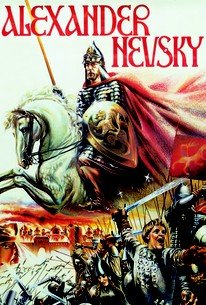
Storyline
Like many of Eisenstein's best films, Alexander Nevsky was conceived as a morale-booster, aimed at stirring up Russian patriotism. It is set in the 13th century, but the villainous Teutonic Knights are obviously meant to represent the burgeoning threat of Hitler's hordes.
Critique
.png)
"Sergei Eisenstein's mannerist epic about the Russian hero who warded off the invading Teutonic knights is a near-perfect combination of image and sound."
-New York Magazine
.png)
" Sergei Eisenstein's classic tale of 13th-century Russia is as magnificent today as it must have been in 1938."
-TV Guide
Eisenstein ran into more trouble with his multi-part Ivan The Terrible. Part I won the director another Stalin Prize after its release in 1944, but Part II came under heavy criticism for its perceived attacks on the Soviet premier. When the film was banned from theaters (later surfacing in 1958), it also forced Eisenstein to abandon production on Part III.
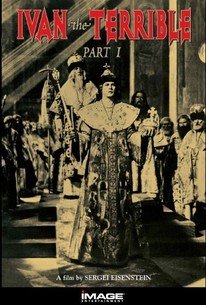
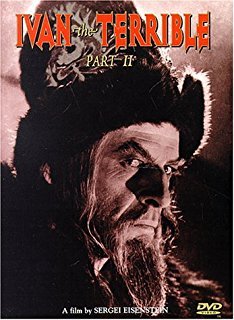
Storyline
Sergei Eisenstein's operatic saga of the 16th-century Russian hero Czar Ivan IV is given a charismatic performance by Nikolai Cherkasov and a brilliant score by Sergei Prokofiev. Part One deals with Czar Ivan's beginnings as the ruler of Russia, Ivan's coronation, and his marriage to Anastasia Romanovna (Lyudmila Tselikovskaya). Ivan suddenly becomes gravely ill and then mysteriously recovers. When a group of conspirators poison his wife, Ivan becomes more wary of his retainers and announces that the will of the people demands his return from Alexandrov to Moscow.
Critique
.png)
"This is one of the most distinctive great films in the history of cinema -- freakishly mannerist, yet so vivid in its obsessions and expressionist angularity that it virtually invents its own genre."
-Chicago Reader
.png)
" The historical melodramatic biopic is wonderful to behold visually and for its camp."
-Ozus World Movie Reviews
.png)
"Thematically fascinating both as submerged autobiography and as a daring portrait of Stalin's paranoia, quite apart from its interest as the historical pageant it professes to be, this is one of the most distinctive great films in the history of cinema."
-Chicago Reader
.png)
"A brilliant cinematic work that was a thinly veiled portrait of not only Stalinism at its worst, but also the failed Bolshevik Revolution."
-Q Network Film Desk
Death and Legacy
Slowed by a severe heart attack in 1946, Sergei Eisenstein was killed by another one on February 11, 1948, in Moscow.
Remembered as one of the innovative filmmakers of his era, Eisenstein influenced both his own countrymen and the generations of Hollywood directors that followed, from Alfred Hitchcock to Brian De Palma, who mimicked a "Battleship Potemkin" scene in the train station shootout in his 1987 movie "The Untouchables."
Marking the 120th anniversary of his birth, Google honored Eisenstein on January 22, 2018, with a featured "Google Doodle" on its homepage.
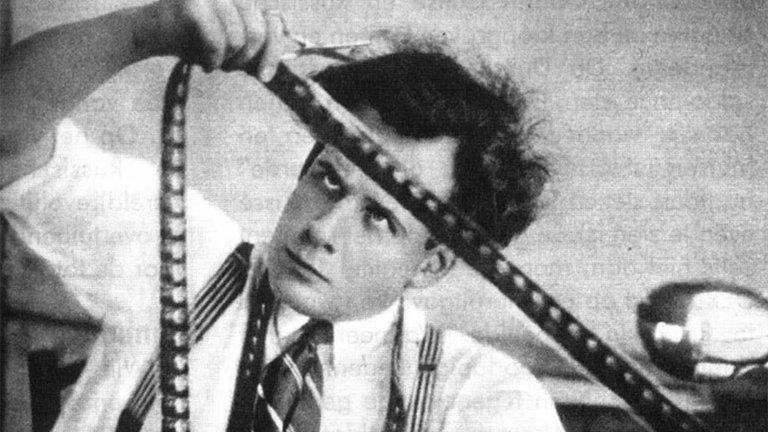


.jpg)
.png)
.png)

.png)


%20(1928).png)
.png)


.png)
.png)


.png)
.png)
.png)
.png)
